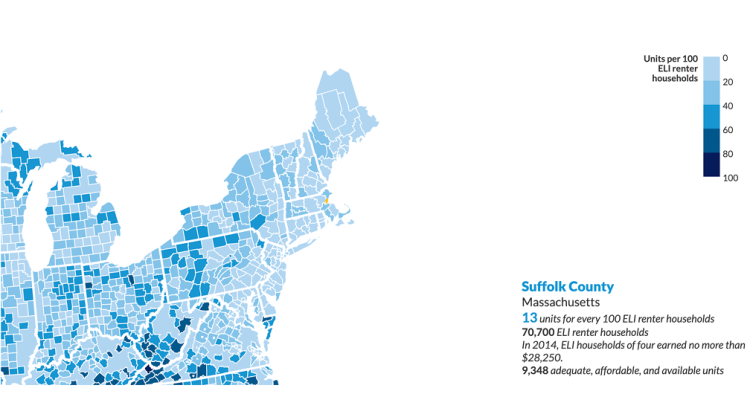Balancing Affordability and Sustainability for MA Housing Stock
Currently the average American uses an average of 15.52 tons of carbon per person, to limit global heating to the 1.5°C above pre-industrial levels set by the Paris Agreement, the number of emissions per person must be limited to 2.3 tons per year. With an estimated 40% of carbon emissions linked to the built environment, more stringent energy efficiency standards are a critical component of reducing our collective carbon footprint. Yet the introduction of stricter regulations and farther reaching goals can increase the cost of construction, limiting the number and scope of projects a developer can tackle. If regulations further exacerbate an estimated shortage of 7.3 million affordable housing options in the US, will achieving our climate goals come at the cost of equity?
Utilizing the state of Massachusetts as a case study, DUSP alumna María Jimena Muzio (MCP ‘23) explores how the state’s ambitious commitment to reduce emissions by 50% by 2030 and achieve net-zero emissions by 2050 has impacted housing supply. “My thesis arose from the joint project with the MA Home Builders Association (HBRAMA) and Wentworth Institute of Technology (WIT) in which I worked as a research assistant analyzing the impact of the Home Energy Rating System (HERS) on home prices and households utilities costs – Massachusetts was the first state to adopt the Stretch Energy Code, an above-code appendix to the base building energy code that prioritizes energy performance over prescriptive requirements. Furthermore, the Act of 2008 allows cities and towns to apply for a ‘Green Community’ designation, which entitles them to receive financial and technical support to reduce energy use and costs by implementing clean energy projects in municipal buildings, facilities, and schools. Once municipalities are designated as Green Communities, they must adopt the Stretch Energy Code, which mandates that all new residential buildings meet a targeted HERS Index Score, a nationally recognized system for assessing and calculating a home's energy performance.”
Leveraging multiple streams of data Muzio highlights the demographics of Massachusetts residents who benefit the most from the Green Communities Program, as well as how adopting the Stretch Energy Code changes developers preferences from single-family homes to multi-family residential properties. Muzio’s thesis won the department award for outstanding thesis, presented each year to a Master of City Planning student for their extraordinarily researched and written thesis.
Post graduation, Muzio will be working at the Environmental Solutions Initiative at MIT, researching carbon markets and biodiversity conservation and preservation in Latin America. “Working with the HBRAMA project sparked my interest in policies aimed at decarbonizing the built environment. In the future, I would like to work in public agencies or international organizations in charge of implementing policies aimed at reducing our carbon emissions to make our cities more healthy and sustainable.”
Muzio’s thesis is currently being built upon and adapted into a forthcoming paper with co-authors Siqi Zheng, Justin Steil and Dongxiao Niu.



